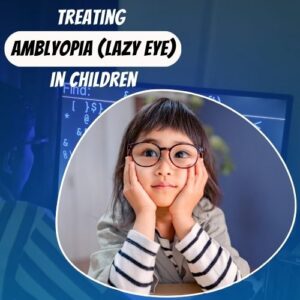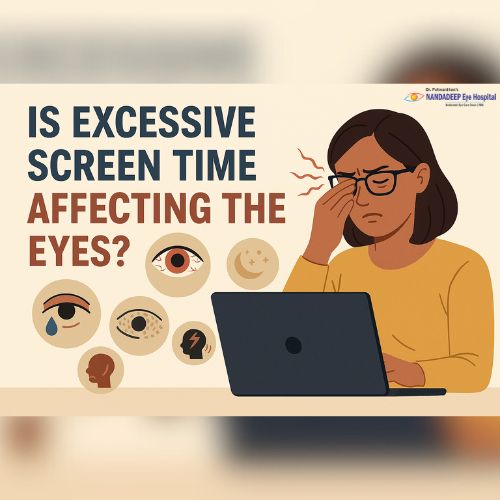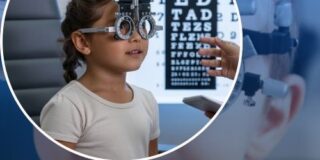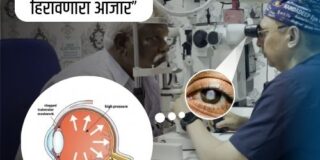Is excessive screen time affecting the eyes?
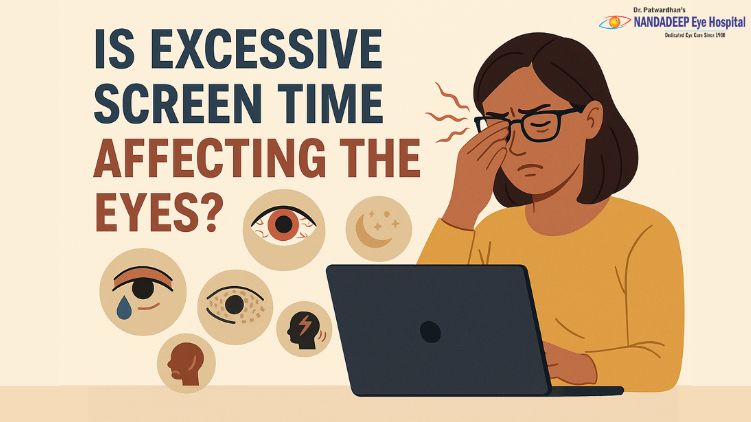
In today’s digital age, screens have become an inseparable part of our daily lives. Whether it’s working on a laptop, scrolling through a smartphone, or watching television, screen exposure is virtually constant. But is excessive screen time affecting the eyes? The answer is a resounding yes. Prolonged digital exposure is known to cause a variety of eye-related issues, often grouped under the term Computer Vision Syndrome (CVS) or Digital Eye Strain.
Here, explore how screen time affects your eyes, the symptoms to watch out for, and effective measures to protect your vision, especially in the Indian context, where screen usage is increasing by about 5 hours daily.
Understanding Digital Eye Strain and Computer Vision Syndrome
Common Eye Issues Caused by Excessive Screen Time
- Eye Strain (Asthenopia)
Staring at screens for long durations forces the eye muscles to work harder, leading to strain and fatigue. - Dry Eyes
When using screens, we blink less frequently—sometimes only half as often as normal—which reduces tear production and leads to dryness. - Blurred Vision
Continuous focusing on screens without breaks can cause temporary blurriness, particularly when shifting focus from near to far objects. - Headaches and Neck Pain
Poor screen ergonomics combined with eye strain often results in headaches, stiff neck, and shoulder pain. - Sleep Disruption
Exposure to blue light emitted from screens can disrupt melatonin production, affecting your sleep cycle, particularly when using devices before bed.
How Screen Time Affects Children’s Eyes in India
In India, a significant number of children are spending excessive time on digital devices due to online education and entertainment. Blue light from screens can be especially harmful to developing eyes.
Common Problems in Kids:
- Myopia (Nearsightedness) is increasing alarmingly in Indian children.
- Difficulty in concentrating due to visual discomfort.
- Increased risk of long-term vision issues due to early and prolonged exposure.
If you’re concerned about your child’s screen habits and their impact on vision, Nandadeep Eye Hospital offers expert child-friendly care tailored for early detection and management of myopia. With a dedicated team of paediatric eye specialists and advanced diagnostic technology, Nandadeep Eye Hospital ensures your child receives the best possible treatment in a safe and comfortable environment.
Signs That Your Eyes Are Affected by Screen Time
It’s essential to recognise the symptoms early to avoid long-term damage. Here are some warning signs:
- Persistent dryness or irritation
- Watery eyes
- Blurred or double vision
- Increased sensitivity to light
- Trouble focusing
- Frequent headaches
Top Tips to Protect Your Eyes from Excessive Screen Time
1. Follow the 20-20-20 Rule
Every 20 minutes, look at something 20 feet away for at least 20 seconds. This gives your eyes a much-needed break.
2. Adjust Your Screen Settings
- Reduce brightness to match your surroundings.
- Use “Night Mode” or “Blue Light Filter” after sunset.
- Increase text size to reduce strain.
3. Maintain Proper Distance and Posture
Keep screens about an arm’s length away and at eye level to avoid neck strain and direct glare.
4. Blink Frequently and Consciously
Remind yourself to blink regularly. This simple habit helps keep your eyes moist and comfortable.
5. Use Anti-Glare Glasses or Screen Protectors
Special lenses can help reduce glare and filter out harmful blue light, especially useful for office workers and students.
6. Limit Screen Time for Children
Encourage outdoor activities, use parental control settings, and restrict gadget usage to a few hours a day.
When to Visit an Eye Specialist
If lifestyle changes and home remedies don’t reduce symptoms, it’s time to see an eye doctors near you. Regular eye check-ups help in early detection of any underlying issues like:
- Refractive errors (myopia, hyperopia, astigmatism)
- Age-related eye problems
- Retina-related disorders due to prolonged screen exposure
Nandadeep Eye Hospital is the best eye clinic, offering advanced diagnostic tools and treatments, including blue-light-blocking glasses, dry eye therapy, and vision correction procedures.
With increasing digital dependence in work, education, and entertainment, managing screen time is more critical than ever. Being mindful of your screen habits, using protective measures, and seeking professional guidance when necessary can go a long way in preserving your eye health.
Whether you’re a working professional or a parent concerned about your child’s vision, taking proactive steps today can help you avoid eye problems in the future.
Frequently Asked Questions (FAQs)
- How much screen time is safe?
For adults, it’s advisable to take breaks every 20 minutes and limit your recreational screen time. For children, screen time should ideally be under 2 hours a day. - Can screen time cause permanent eye damage?
While screen time may not cause permanent damage in most cases, chronic exposure without breaks or precautions can lead to long-term problems like myopia and chronic dry eyes. - Are blue light glasses effective?
Yes, blue light filtering glasses can help reduce digital eye strain, especially for individuals who spend long hours in front of screens.
More Posts
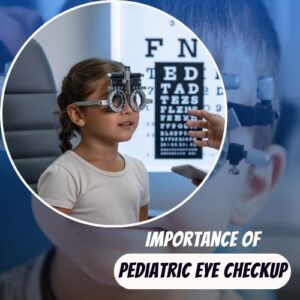
Everything You Should Know About Pediatric Eye Exams
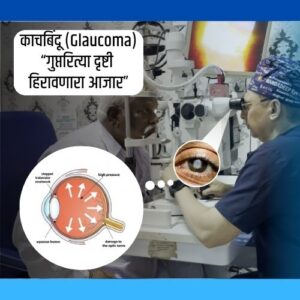
काचबिंदू (Glaucoma): नियमित नेत्रतपासणी का आवश्यक आहे?

